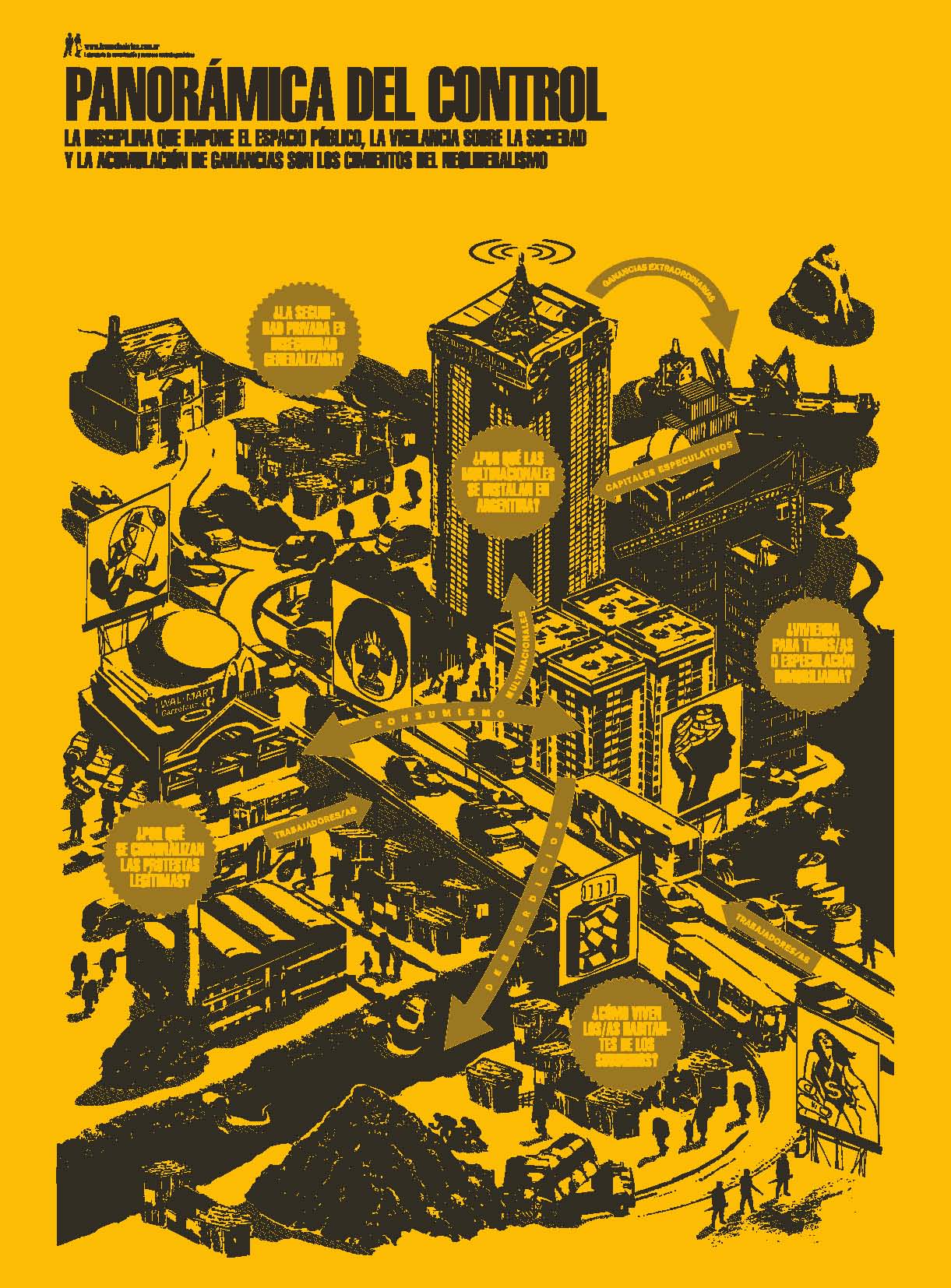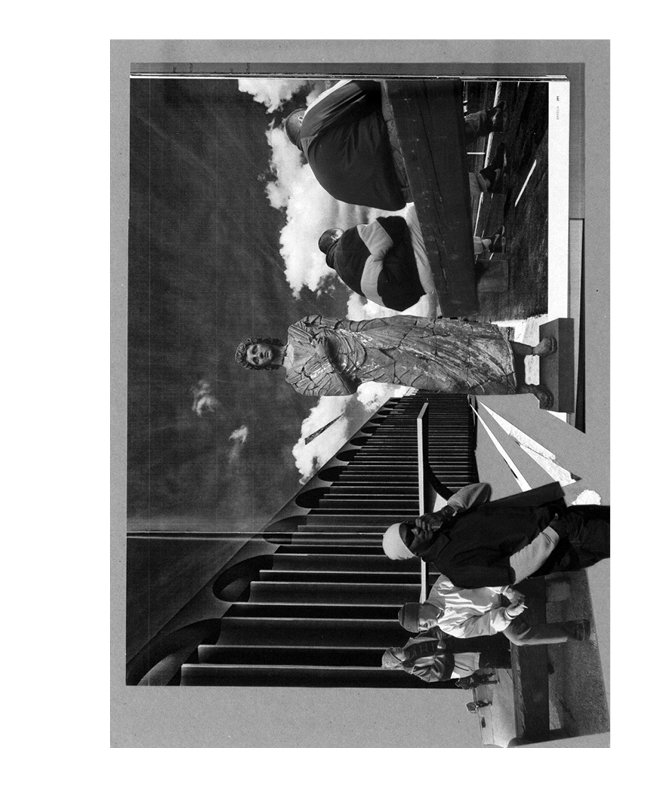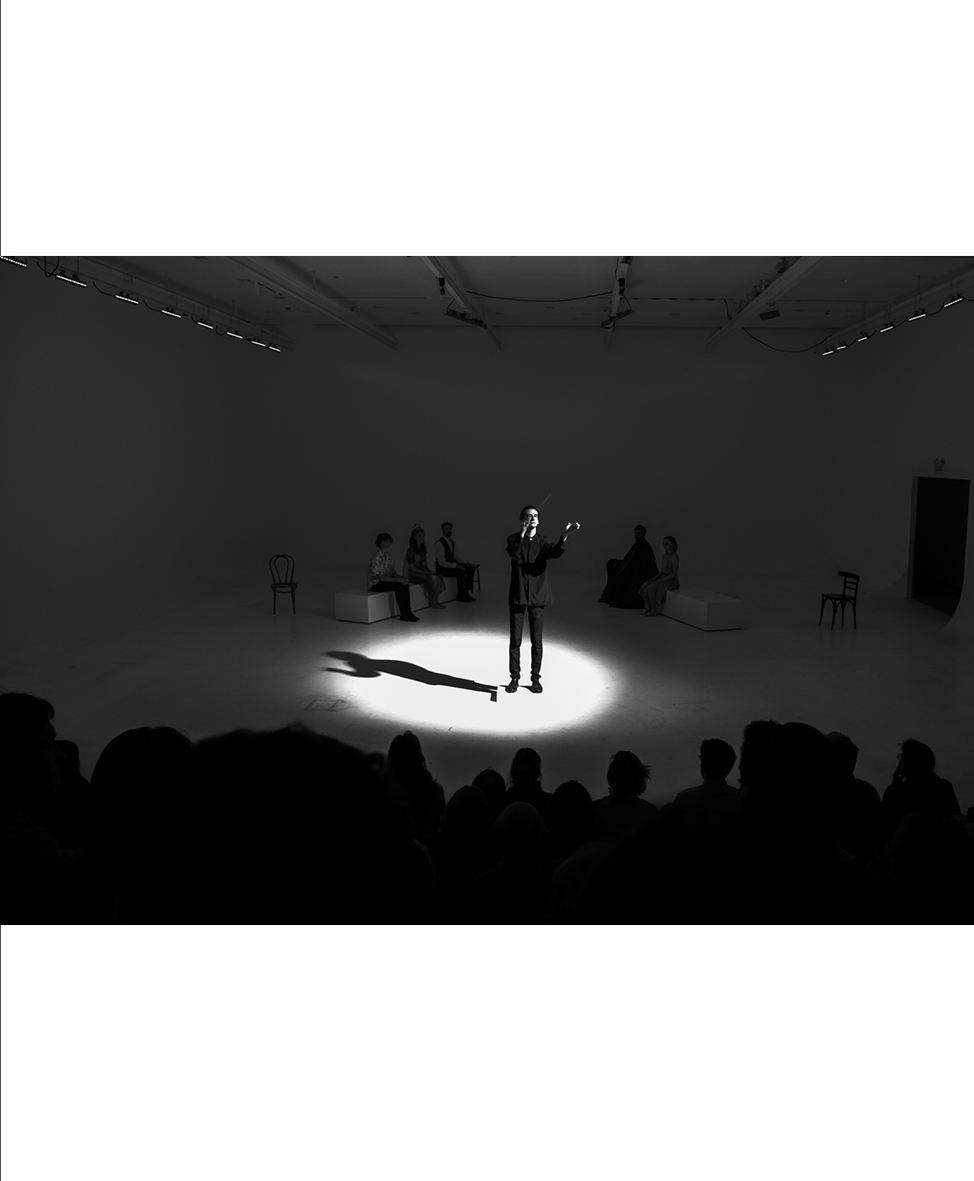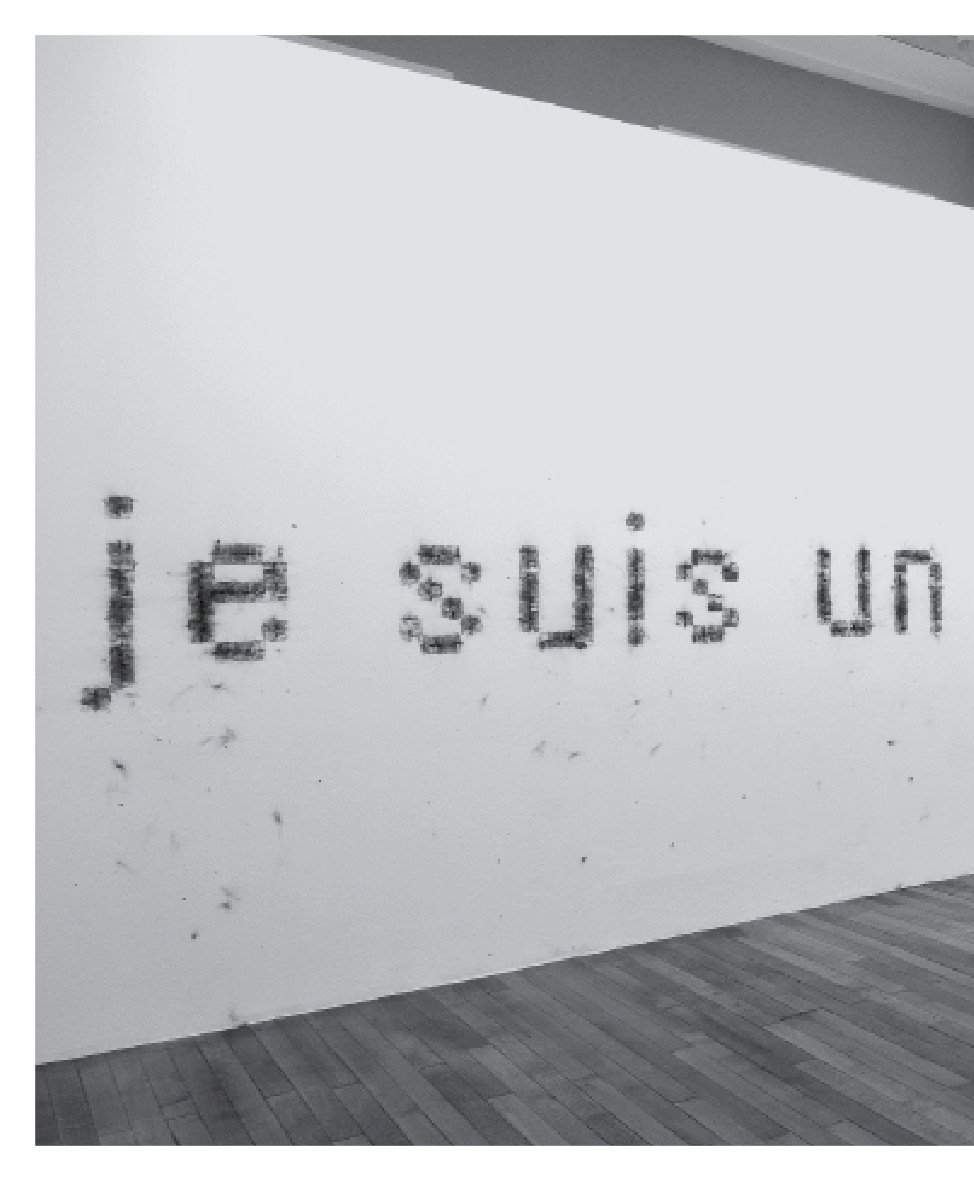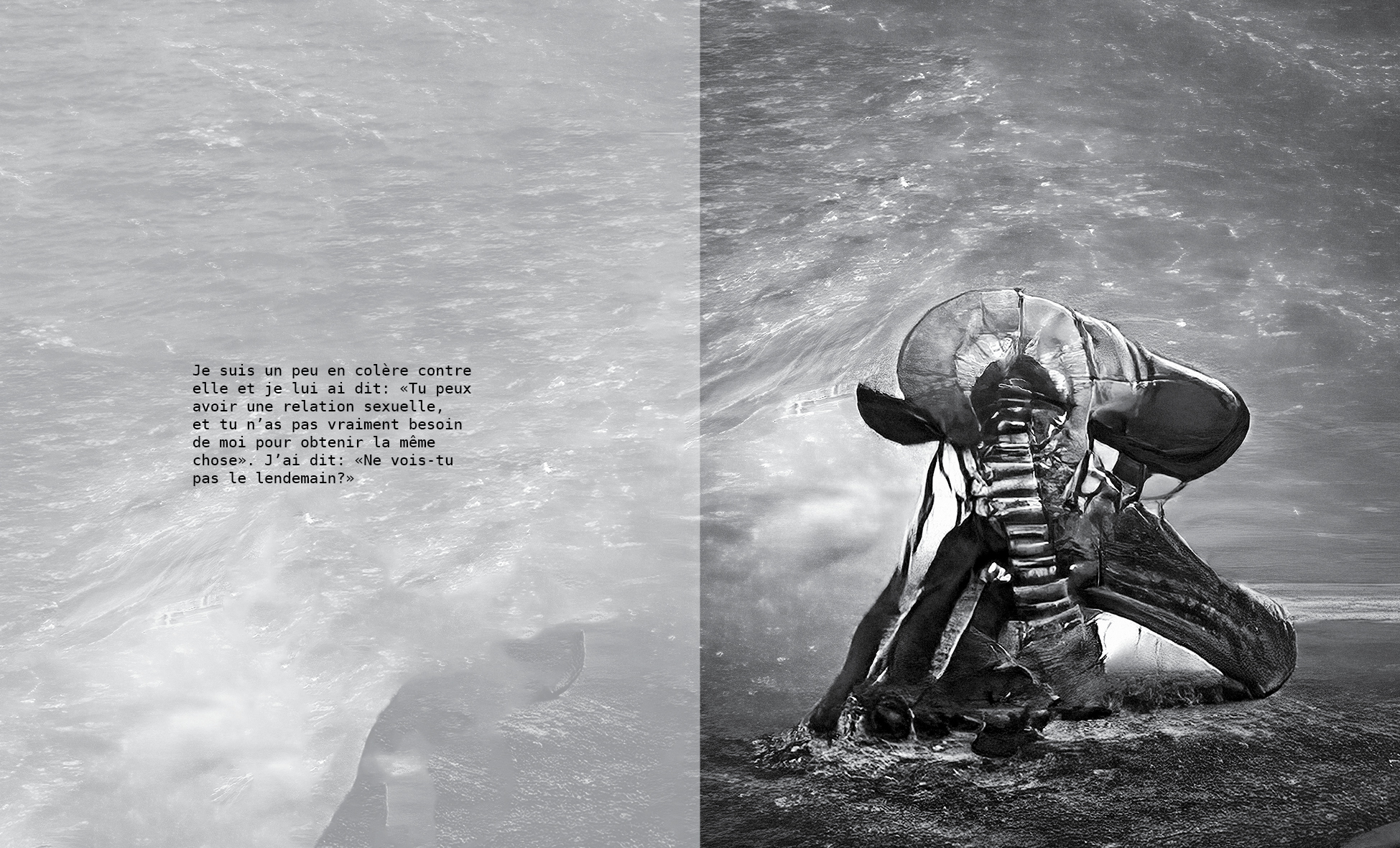En tête 31
Inventer le commun des hommes, par Revel Judith et Negri Toni
Partons d’un constat très simple, puisqu’il est parfois plus facile de raisonner en commençant par la fin : nous vivons aujourd’hui dans un monde où produire est devenu un acte commun. Certains d’entre nous ont encore en tête des pans entiers d’analyses foucaldiennes sur la double tenaille que l’industrialisation impose aux corps et aux têtes des … Continuer la lecture de Inventer le commun des hommes →
Icônes 31
Queen of the artists’ studios, the story of Audrey Munson[*], par Geyer Andrea
A woman posed. A city represented. A text doubled by another. An allegory. Allos=other. Agoreuei=to speak (publicly), or the impulse to appreciate the transience of things and to rescue them for eternity. I look again, this time walking on the street, I look up at her and wonder what was rescued from the oblivion … Continuer la lecture de Queen of the artists’ studios, the story of Audrey Munson[*] →
Du statut d’une statue, par Lebovici Élisabeth
Le projet stratégique a confié l’esthétique de cette livraison de Multitudes aux soins d’une seule artiste, Andrea Geyer. Nous y retrouvons le fil tiré depuis la Documenta 12 de Kassel, puisque étaient présents deux projets de Geyer, l’un individuel (Spiral Lands, 2007) et l’autre collectif (9 Scripts from a Nation at War, avec Ashley Hunt, … Continuer la lecture de Du statut d’une statue →
Liens 31
Majeure 31. Agir Urbain
Agir Urbain, par Querrien Anne, Petcou Constantin et Petrescu Doina
La critique de la vie quotidienne n’appelle pas nécessairement un combat conscient et organisé contre les structures qui la conditionnent. Elle n’est pas toujours militante. Elle démarre mezzo voce dans la vie de tous les jours, elle se loge dans les solidarités spontanées du quotidien urbain. Elle ronronne, reste invisible si elle ne fait pas … Continuer la lecture de Agir Urbain →


